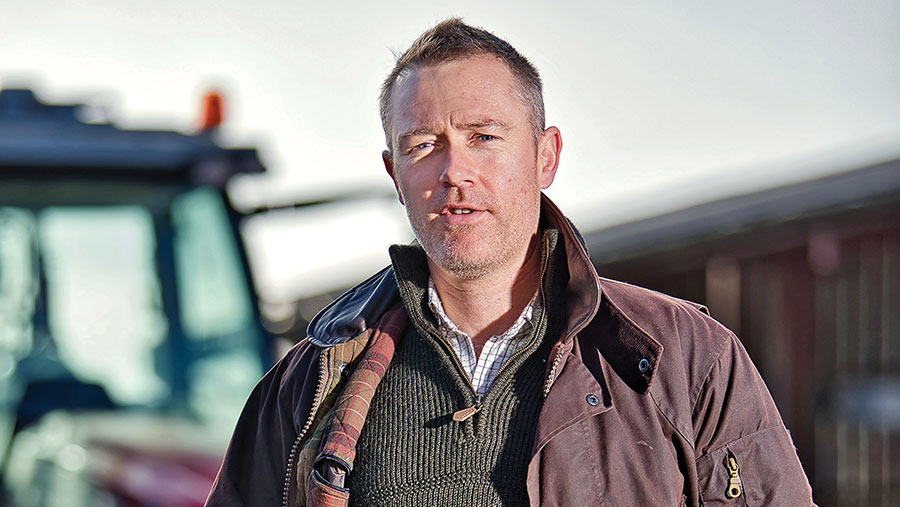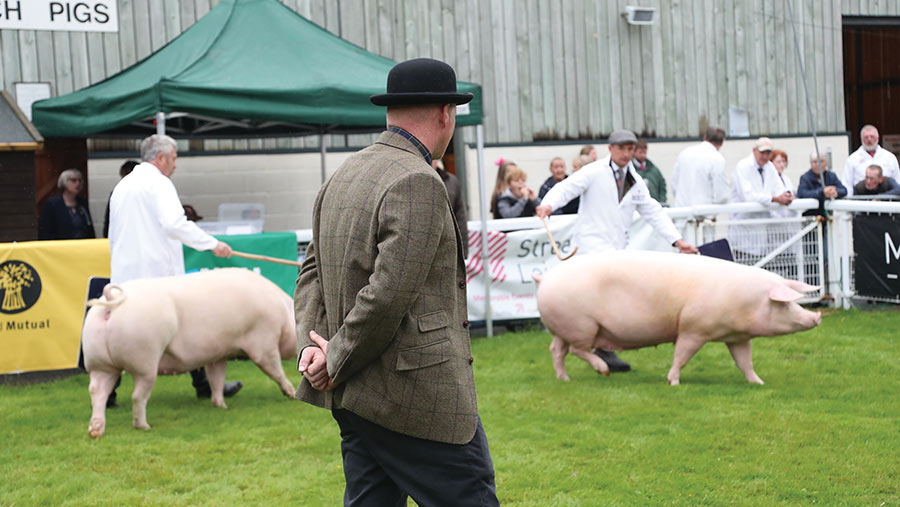Will’s World: Why I’ll never tire of the Royal treatment
 © Richard Stanton
© Richard Stanton From the four corners of Wales the faithful come in convoys of pickups, Land Rovers, wagons, stock trailers and caravans.
Over the mountains and along the valleys, through villages and small towns, past chapels and pubs, butchers’ shops, rugby clubs, agricultural suppliers, and farms; so many farms.
Their collective destination: Llanelwedd, and the Royal Welsh Show.
Find all our Royal Welsh Show stories all in one place
Old or young, town or country dweller, veteran or first-time visitor, every one of them arrives with the same pulsating sense of excitement and anticipation for the few days that lie ahead.
The opportunity to catch up with old friends and share memories of good times past. The hope of winning one of the many competitions and classes after months of hard work and preparation.
Or just the feeling of being part of something that’s bigger than all of us.
Culture hit
The Royal Welsh is a showcase of everything our agricultural community is, and an obvious manifestation of our immense pride in it all.
It’s an annual pilgrimage, of sorts. But unlike those journeys to Lourdes, Bethlehem or Mecca, weary travellers do not return with a restored belief and a haul of tacky religious souvenirs bought from cheap roadside stands.
Instead, show visitors go home with laughter ringing in their ears, Grassmen T-shirts, mild hangovers and – in the case of many younger members of the community – the beginnings of a nasty rash.
No doubt it was worth it, though, and they’ll all be hungrily back for more next year.

© RWS 2023
The late, great AA Gill wrote after a research trip to the Royal Show in 2000, “the first thing you see is that all the humans have huge hands, and everything else has huge testicles”, and “bit-swinging bovines are paraded in the ring in a simulacrum of a Mr Universe competition; absurd judges in bowler hats and mothy suits dribble over muscle and leather like old queens in a biker bar”.
I don’t believe those descriptions could be more hilariously accurate, or will ever be bettered.
Because how could you possibly begin to explain it all to the average civilised urbanite who’s never attended an event like this?
The culture and associated traditions that are completely normal to us must seem to them like the actions of some long-forgotten race from a bygone age.
Welsh spectacular
In the space of a morning, we witnessed various breeds of sheep being tenderly washed and blow-dried by their energetic owners. Pigs were chased in comic fashion round a ring (all that was missing was the Benny Hill theme tune).
Groups of cattle were led steadily and solemnly by the nose past admiring crowds who didn’t so much as blink when occasionally a bull got a vigorous penis rub with a stick.
Perhaps the most incredible spectacle of all saw several thousand people erupt with enthusiasm as men and women dressed in all their finery led Welsh Cobs dressed in even finer finery at full trot past the grandstand.
Even the inevitable driving rain couldn’t dampen their enthusiasm as they hooted and hollered their delight at the equine extravaganza.
This not being my first rodeo, though, I hastily steered my daughters away and back to the cattle ring before they got too interested.
You might think that the essence of Welshness and its wild eccentricity can be found in Cardiff on a Welsh rugby international day, or perhaps even in my newly resurgent hometown of Wrexham when our beloved football club plays.
But if you really want to experience it and see what it means to us, then it’s only to be found at the greatest show on earth.
See you there in 2024.

